Latest news from Analytic City Adlershof

Catalysis research with the X-ray microscope at BESSY II
Scientists studied changes in catalysts during the synthesis of ammonia from waste nitrates:
Contrary to what we learned at school, some catalysts do change during the reaction: for example, certain electrocatalysts can change their structure and composition during the reaction when an electric field is…
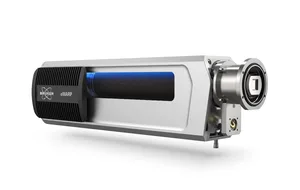
Bruker introduces a new EBSD detector for advanced materials characterization
eWARP combines direct electron detection and CMOS technologies:
Bruker announces the launch of eWARP, a new detector for Electron Backscatter Diffraction (EBSD) that marks the advent of a new era in EBSD technology. Featuring a revolutionary Bruker-engineered camera that combines…
Agreement on EUV reflectometry between PTB and ZEISS extended until the end of 2029
Cooperation strengthens the European technology network:
PTB's laboratory for metrology with synchrotron radiation in Berlin-Adlershof is an important node in the network of European research infrastructure that has helped to enable the monopoly position of European…

MBI researchers manipulate the propagation of light in everyday liquids using ultrashort light pulses
Discovery enables new applications for optical measurement technology and communication with light:
The phase and the group velocity of light propagating in conventional optical media cannot exceed the speed of light in vacuum. However, in so-called epsilon-near-zero (ENZ) materials, light exhibits an infinite phase…

PicoQuant launches HydraHarp500 on the market
The time tagger sets new standards in speed, precision, and flexibility:
PicoQuant GmbH, based in Adlershof, has unveiled its latest development, HydraHarp 500. The device is described as the next-generation Time-Correlated Single Photon Counting (TCSPC) unit. With outstanding time…
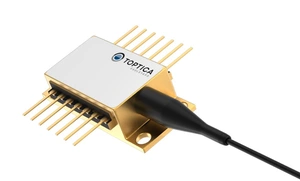
TOPTICA EAGLEYARD presents mini laser diodes with high stability and efficiency
Launch of the 780 nm fibre-coupled miniECL:
With the launch of the fibre-coupled miniECL 780 nm at the 2025’s SPIE Photonics West, TOPTICA EAGLEYARD once again shows how convenient and efficient using laser diodes has become. Engineers, design engineers and…
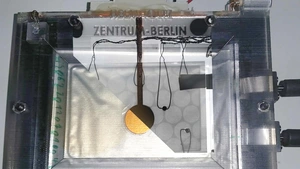
Lithium-sulphur pouch cells investigated at BESSY II
HZB team is working on optimising this promising battery type:
A team from HZB and the Fraunhofer Institute for Material and Beam Technology (IWS) in Dresden has gained new insights into lithium-sulphur pouch cells at the BAMline of BESSY II. Supplemented by analyses in the HZB…
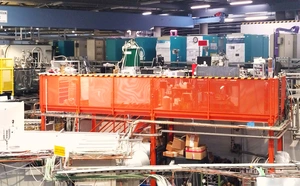
Largest magnetic anisotropy of a molecule measured at BESSY II
Using THz-EPR, a special spectroscopy method at BESSY II, magnetic properties of materials can be determined very precisely:
At the Berlin synchrotron radiation source BESSY II, the largest magnetic anisotropy of a single molecule ever measured experimentally has been determined. The larger this anisotropy is, the better a molecule is…
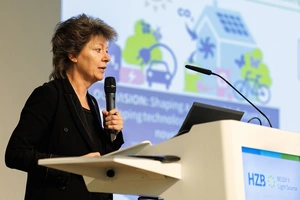
Modernisation of BESSY II light source
Helmholtz-Zentrum Berlin presents the BESSY II+ upgrade programme:
At the 2024 meeting for the users of the electron storage ring BESSY II, Helmholtz-Zentrum Berlin (HZB) presented the BESSY II+ upgrade programme. It enables world-class research at BESSY II to be further expanded and…
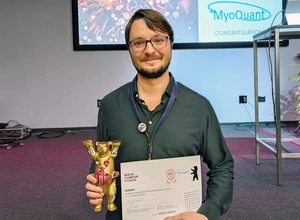
Award for FBH researchers from MyoQuant project
At the Berlin Quantum Pioneer Days the young scientists were awarded the jury prize:
A successful week came to an end for Sascha Neinert and Kirti Vardhan. The two young scientists from the Joint Lab Integrated Quantum Sensors (IQS) were awarded the jury prize of the Berlin Quantum Pioneer incubation…
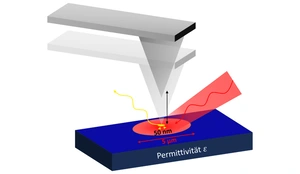
Absolute measurement of electronic properties with a THz nanoprobe
At PTB, a novel calibration approach for scattering-type scanning near-field optical microscopy has been developed:
In scattering-type scanning near-field optical microscopy (s-SNOM), THz radiation (e.g. from the electron storage ring MLS) is focused onto a metallised probe to enable THz-spectroscopy below the diffraction limit on…
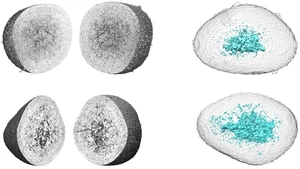
Battery research with the HZB X-ray microscope
Experiments at BESSY II have clarified chemical changes in lithium-ion batteries:
New cathode materials are being developed to further increase the capacity of lithium batteries. Multilayer lithium-rich transition metal oxides (LRTMOs) offer particularly high energy density. However, their capacity…
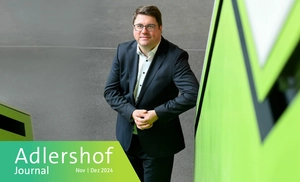
The molecule sleuth
Carsten Engelhard monitors the reliability of chemical analyses:
Searching for a needle in a haystack. Is that the appropriate metaphor? It could make it easier for a layperson to understand how Carsten Engelhard spends his workdays. In both research and teaching, his home has been…

BAM develops new standards for the surface analysis of nanoparticles
New EU project launched for greater security in the use of nanoparticles:
In a new EU project, the Bundesanstalt für Materialforschung und -prüfung (BAM) is developing standardized measurement methods for investigating the surfaces of nanoparticles. The goal is to further improve the…

Innovative sensor system enables real-time analysis of drinking water
BAM is developing a fast, precise method to detect fecal contamination:
In an EU project, the Bundesanstalt für Materialforschung und -prüfung (BAM) is developing a method to detect fecal contamination in drinking water quickly and efficiently. A mini-sensor system is being used that…
Events / Dates
11.00 - 12.00
Erwin-Schrödinger-Zentrum
14.00 - 15.30
00.00
WISTA Conventions
09.00
14.00
Bundesanstalt für Materialforschung und -prüfung (BAM) at Europa-Center
14.00 - 15.30
Erwin-Schrödinger-Zentrum
Bunsen-Saal
14.00 - 15.30